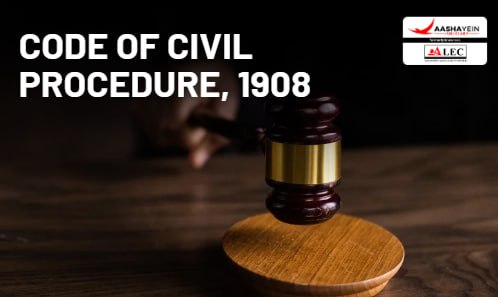The term sub judice is derived from Latin, meaning "under judgment." It signifies that a particular matter or case is actively being considered by a court or a judge. In legal proceedings, this principle plays a crucial role in preventing conflicting decisions and ensuring judicial efficiency.
Meaning and Application of the Sub Judice Rule
When multiple cases involving the same parties and the same subject matter are filed in different courts, the competent court has the authority to stay (pause) the proceedings of one case until the other is resolved. This prevents duplication of efforts and conflicting judgments. The rule is primarily meant to maintain consistency and avoid judicial confusion.
Doctrine of Res Sub-Judice
The doctrine of res sub judice refers to the stay of a suit when another case involving the same issue is already pending in a court of competent jurisdiction. This doctrine serves to prevent courts from simultaneously hearing and deciding two parallel cases involving:
- The same cause of action
- The same subject matter
- The same relief sought
By enforcing this doctrine, the legal system ensures that there are no conflicting decisions from courts of concurrent jurisdiction, thereby upholding judicial discipline and efficiency.
You can also read the latest judgment by visiting [Latest Judgment].
For more information, visit [Aashayein Enquiry Section]
Statutory Provision: Section 10 of the Code of Civil Procedure
Section 10 of the Code of Civil Procedure (CPC) explicitly lays down the principle of res sub judice. It states:
"No court shall proceed with the trial of any suit in which the matter in issue is also directly and substantially in issue in a previously instituted suit between the same parties, or between parties under whom they or any of them claim, litigating under the same title where such suit is pending in the same or any other court in India having jurisdiction to grant the relief claimed, or in any court beyond the limits of India established or continued by the central government and having jurisdiction, or before the Supreme Court.”
Explanation of Section 10
The provision essentially prohibits a court from proceeding with a case if an identical dispute is already pending in another court. However, it is important to note that the pendency of a case in a foreign court does not bar Indian courts from trying a suit based on the same cause of action. The doctrine of res sub judice is an essential principle in legal proceedings that prevents the simultaneous trial of identical cases. By enforcing this rule, courts ensure consistency in legal decisions, avoid unnecessary litigation and maintain judicial discipline. Section 10 of the CPC provides the statutory basis for this principle, ensuring that courts respect pending proceedings and do not issue conflicting judgments.
Nature and Scope
Section 10 of the law states that if a lawsuit has already been filed and is still pending before a competent court, no other court should proceed with a trial involving the same matter between the same parties. This means that when a dispute is already under consideration by a court capable of granting relief, a second lawsuit on the same issue cannot be pursued.
Purpose of Section 10
The primary objective of this provision is to ensure judicial efficiency and fairness. It prevents:
- The wastage of court resources, ensuring that courts do not hear the same dispute multiple times.
- Conflicting decisions, which could lead to legal uncertainty and injustice.
- Multiple lawsuits on the same issue, which could cause unnecessary hardship and delay in justice.
This principle is designed to protect litigants from being dragged into unnecessary and repetitive legal proceedings. In SPA Annamalay Chetty v. BA Thornhill, the court emphasized that the rule safeguards individuals from harassment due to multiple cases on the same issue.
When Section 10 Does Not Apply
There are specific situations where this doctrine does not apply. Courts have clarified that:
- In Alimmllah v. Sheikh the Court ruled that if the issues in both suits are completely different, Section 10 does not prevent the second suit.
- Even if some issues in both suits are similar, but others are different, Section 10 will not apply.
- If the parties are the same, but the issues in the suits are not identical, the provision does not come into effect.
Conditions for Staying a Suit
For Section 10 to apply and halt proceedings in a second suit, the following conditions must be met:
- A prior suit must exist, and it must be actively pending before a court.
- The same plaintiff must have filed another suit against the same defendant regarding the same cause of action.
- The issues in dispute must be identical in both cases.
- The parties in both suits must be the same or legally related.
- Both parties must be litigating under the same legal title in both cases.
- The court hearing the prior suit must have jurisdiction to decide the matter.
- The earlier suit must be pending in the same court or another court in India with competent jurisdiction.
By enforcing these conditions, Section 10 ensures that courts do not entertain repetitive litigation, promoting judicial efficiency and protecting the rights of litigants.

